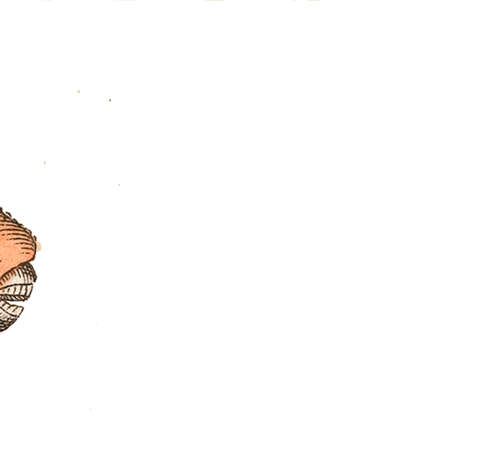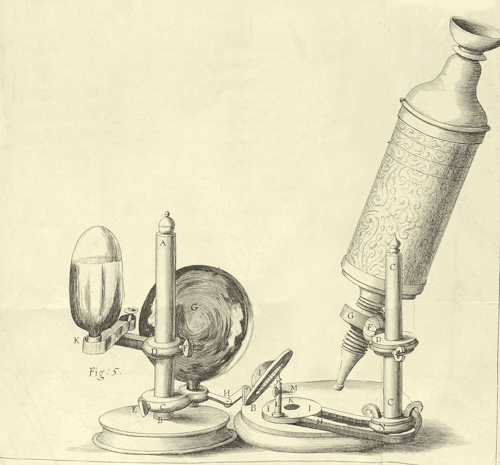Written by Adam Koszary, Project Officer for Our Country Lives.
GIFs have seen an explosion in popularity over the past few years, taking advantage of a more browsable internet and a multitude of social media platforms. As more and more museums, galleries and libraries have been communicating with GIFs online, it’s no surprise that it has been chosen as a Culture Themes hashtag on Twitter today.
If you don’t know what the Graphic Interchange Format (GIF) is, it is essentially a type of image that can be both static or animated. They play automatically in your browser and usually loop so that they play infinitely. They’ve become very popular on sites such as Reddit and Tumblr as a means of communicating, most commonly through ‘reaction gifs’. The downside of GIFs is that there is no sound and the animations tend to be short (although people have managed to fit the entire Star Wars saga into a single GIF..). Yet, they are a breath of fresh air for what is still a surprisingly static internet.

This GIF is a simple animation of the rain on the rooftops of our Grade II-listed building. Its original purpose was to warn Reading Festival goers of the poor weather, but has been picked up by Tumblr users for its atmospheric feel.
We have adopted GIFs as a form of communication because we believe museums, libraries and galleries should be relevant. To communicate with new generations of visitors we have to speak in their language, and those who have grown up in the digital world are as comfortable communicating with emojis and GIFs as they are in simple text.

This GIF combines an attempt at humour and our own collections, which in this case is a plate from the 1796 Ichthyologie, ou, Histoire naturelle des poissons. A person saying ‘huehuehue’ is a common trope/meme of internet humour, but has little connection to the illustration.
We know that the narratives, lives and themes bound up in our collections are supremely relevant to all: young or old, town or gown. In 2015, however, not everyone can visit our museums and collections in person, sequestered as our buildings are are on university campuses. To convince prospective audiences that we are worth their time and interest we had to go to where they live: the internet.

This GIF was part of a series celebrating the 200th birthday of Robert Hooke, the author of Micrographia. Hooke discovered cells using a microscope he designed himself, and the GIF above shows how it was used with a close-up of cells found in cork.
This is why the University of Reading’s other museums and collections are on Tumblr, a micro-blogging site with a diverse but very often young audience that relies heavily on GIFs. We were inspired by institutions such as the Smithsonian Libraries, who bring static images to life through quirky but illuminating animation.

This GIF was a way of tracking the progress of MERL’s redevelopment, showing the removal of wagons which have been suspended above visitors’ heads for over ten years. A simple insight into our behind-the-scenes work but one we thought was more effective than a photograph.
And, as you can see from the images in this blog-post, our own GIFs vary in their quality, relevance, impact and purpose. As museum professionals we are used to reviewing the point of what we do so that we can justify ourselves to our funders and to the public, and we already feel that we’re treading a fine line between frivolity and respect for the collections. There is nothing in our Mission Statement about making funny GIFs.
But can a University museum afford to ignore a model of communication used by its student body? Is it okay to use GIFs with no obvious educational value if it strengthens the image and reputation of a museum with younger audiences? And what are the ethical implications of subjecting our collections to digital manipulation? We already started this discussion after last year’s #ArchiveSelfie Day, when we photoshopped smartphones into archival photographs. After much thinking we decided that our photographs are off-limits for manipulation because they feature real people who may still be in living memory, but out-of-copyright illustrations are okay on a case-by-case basis. If you have an opinion, please let us know by commenting on this blog or tweeting @MERLReading or @UniRdg_SpecColl .


Yuk! Nothing I find more off-putting than mobile images flickering somewhere on the screen when I’m trying to concentrate on text.
Pingback: Vol. 9, no. 8 | I-Heritage.info